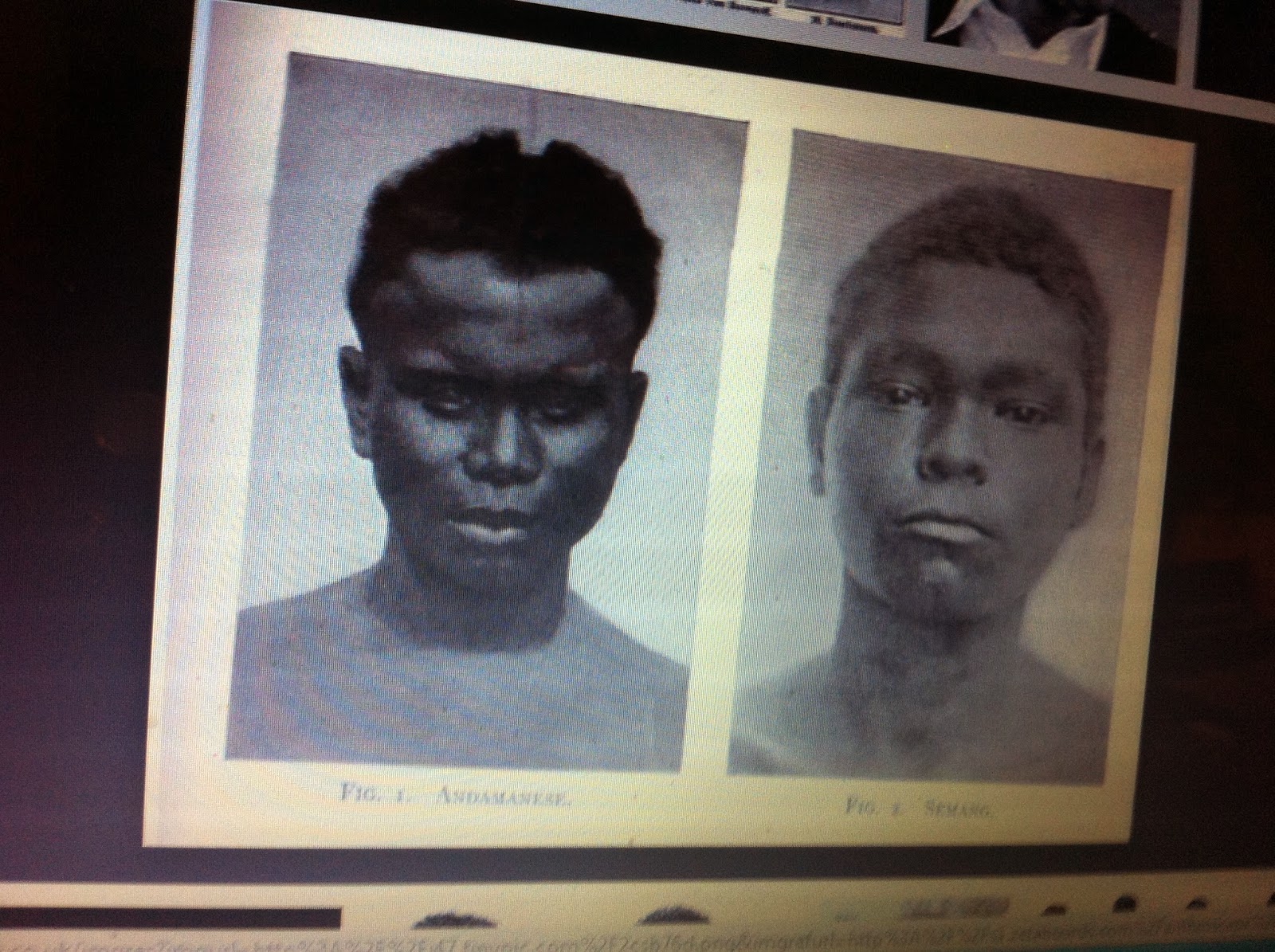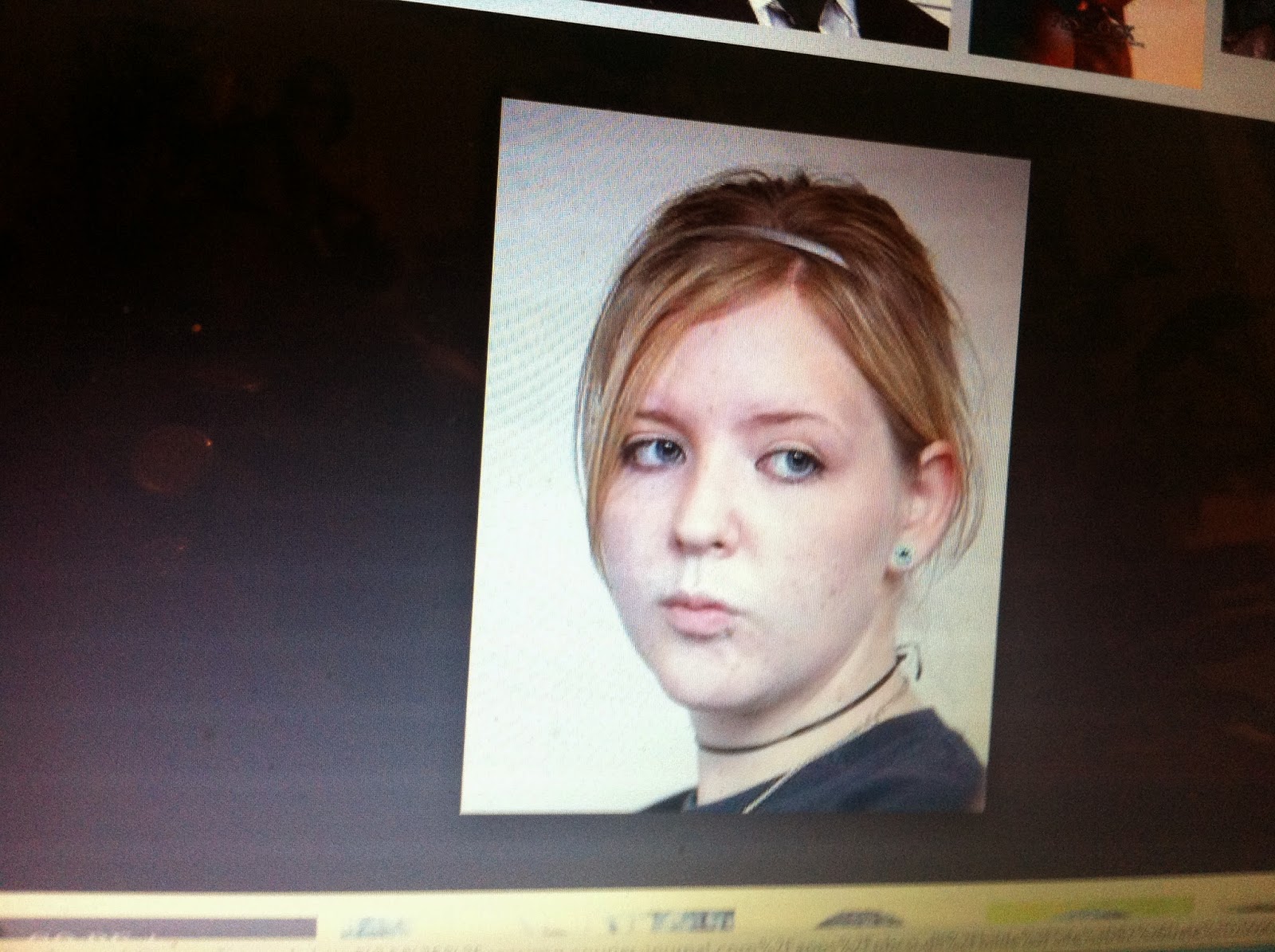BLACK SOCIAL HISTORY
Negroid
 |
 |
 |
 |
 |
 |
 |
 |
Negroid (also known as Congoid)[1] is a term that is used by forensic and physical anthropologists to refer to individuals and populations that share certain morphological and skeletal traits that are frequent among most populations in Sub-Saharan Africa.[2][3][4] The term is commonly associated with notions of racial typology, which are disputed by many anthropologists.[5]
First introduced in early racial science and anthropometry, the taxon has traditionally been used to denote one of the three proposed major races of humans.[6] Negroid as a biological classification remains in use,[7] particularly within the field of forensic anthropology.[6]
Etymology
Negroid has both Latin and Ancient Greek etymological roots. It literally translates as "black resemblance" from negro/niger (black), and -oeidēs, equivalent to -o- + -eidēs "having the form of", derivative of eîdos "form".[8][9] The earliest recorded use of the term "Negroid" came in 1859.[10] In modern usage, it is associated with populations that on the whole possess the suite of typical Negroid physical characteristics.[11]
Subraces
In the 19th century, Samuel George Morton posited a "Negro Family", which he grouped with the Caffrian, Hottentot, Oceanic-Negro, Australian, and Alforian families.[12] In the first half of the 20th century, the traditional subraces of the Negroid race were regarded as being the True Negro, the Forest Negro, the Bantu Negro, the Nilote, the Negrillo (also known as the African Pygmy), the Khoisan (often historically referred to as Hottentot and Bushman), the Negrito (also known as the Asiatic Pygmy), and the Oceanic Negroids (consisting of the Papuan and Melanesian).[13] By the 1960s, some scholars regarded the Khoisan as a separate race known as the Capoid race, while others CONTINUED to regard them as a Negroid subrace.[14]The term "Congoid" was frequently used interchangeably with "Negroid", with the main difference being that Congoid excluded the Capoid taxon.[15]
to regard them as a Negroid subrace.[14]The term "Congoid" was frequently used interchangeably with "Negroid", with the main difference being that Congoid excluded the Capoid taxon.[15]
Use in physical anthropology
In physical anthropology the term is one of the three general racial classifications of humans — Caucasoid, Mongoloid andNegroid. Under this classification scheme, humans are divisible into broad sub-groups based on phenotypic characteristics such as cranial and skeletal morphology.
Later extensions of the terminology, such as Carleton S. Coon's Origin of Races, placed this theory in an evolutionarycontext. Coon divided the species homo sapiens into five groups: Caucasoid, Capoid, Congoid, Australoid and Mongoloid, based on the timing of each taxon's evolution from homo erectus.[16][17] Positing the Capoid race as a separate racial entity, and labeling the two major divisions of what he called the Congoid race as being the "African Negroes" and the "Pygmies," he divided indigenous Africans into these two distinct groups based on their date of origin, and loosened classification from mere appearance — however, this led to disagreement between approaches to dating divergence, and consequent conflicting results.[17][18] Cavalli-Sforza also accepts this twofold division, pointing out that the Pygmies have a very different genetic signature than other Bantu language speakers. He thus proposes that they must have originally had their own now unknown language, but have since adopted the language of the Bantu peoples around them. Cavaill-Sforza does not accept as Coon did that each race evolved separately; he accepts the currently dominant paradigm, the Out of Africa theory,[19] i.e. that all human beings are descended from small bands of people that migrated out of Africa beginning 125,000 to 60,000 years ago.[20][21]
Physical features
Craniofacial traits
In modern craniofacial anthropometry, Negroid describes features that typify skulls of black people. These include a broad and round nasal cavity; no dam or nasal sill; Quonset hut-shaped nasal bones; notable facial projection in the jaw and mouth area (prognathism); a rectangular-shaped palate; a square or rectangular eye orbit shape;[22] and large, megadontic teeth.[23] Although still widely used internationally in the identification of human remains, some have challenged the accuracy of craniofacial anthropometry vis-a-vis different human populations that have developed in close proximity to one another and those of mixed ethnic heritage.[24]
Neoteny
Ashley Montagu lists "neotenous structural traits in which...Negroids [generally] differ from Caucasoids... flattish nose, flat root of the nose, narrower ears, narrower joints, frontal skull eminences, later closure of premaxillary sutures, less hairy, longer eyelashes, [and] cruciform pattern of second and third molars."[13] He also suggested that in the extinct Negroid group termed the "Boskopoids", pedomorphic traits proceeded further than in other Negroids.[13] Additionally, Montagu wrote that the Boskopoids had larger brains than modern humans (1,700 cubic centimeters compared to 1,400 cubic centimeters of modern-day humans) and the projection of their mouth was less than in other Negroids.[13] He believed that the Boskopoids were the ancestors of the Bushmen.[13]
Hair texture
Afro-textured hair is tightly coiled, kinky HAIR . It is a ubiquitous trait among Negroid populations. By consequence, the presence of looser, frizzly hair texture in other populations has often been considered an indication of possible admixture with Negroid peoples.[25]
. It is a ubiquitous trait among Negroid populations. By consequence, the presence of looser, frizzly hair texture in other populations has often been considered an indication of possible admixture with Negroid peoples.[25]
Skin pigmentation
Skin pigmentation in Negroid populations varies from very dark brown to light brown.[11] As dark skin is also relatively common in human groups that have historically not been defined as "Negroid", including many populations in both Africa and Asia, it is only when present with other typical Negroid physical traits such as broad facial features, Negroid cranial and dental characteristics, prognathism, afro-textured hair and neoteny, that it has been used in Negroid classification.[25] Populations with frequently dark skin yet on the whole lacking the suite of Negroid physical traits were thus usually not regarded as "Negroid", but instead as either "dark Caucasoid" (e.g. Hamitic/Ethiopid and Arabid) or "Australoid" depending on their other salient physical attributes. By contrast, populations with relatively light skin yet generally possessing typical Negroid physical characteristics, such as the Khoisan, were still regarded as "Negroid."[25]
Criticism
The term "Negroid" is still used in certain disciplines such as forensic and physical anthropology.[3] In a medical context, some scholars have recommended that the term Negroid be avoided in scientific writings because of its association with racism and race science.[26] This mirrors the decline in usage of the term Negro, which fell out of favor following the campaigns of the American civil rights movement — the term Negro became associated with periods of legalized discrimination, and was rejected by African Americans during the 1960s for "Black".[27]
C.S. Coon's evolutionary approach was criticized on the basis that such "sorting criteria" do not (in general) produce meaningful results, and that evolutionary divergence was extremely improbable over the given time-frames.[28] As Monatagu (1963) said,
| “ | The notion that five subspecies or geographic races of Homo erectus [...] "evolved independently into Homo sapiens not once but five times" at different times and in different places, seems to me a very far-fetched one. Coon has striven valiantly, to make out a case for this theory, but it simply does not square with the biological facts. Species and subspecies simply do not develop that way. The transmutation of one species into another is a very gradual process [...][18]BLACK SO |













































































































































































































No comments:
Post a Comment